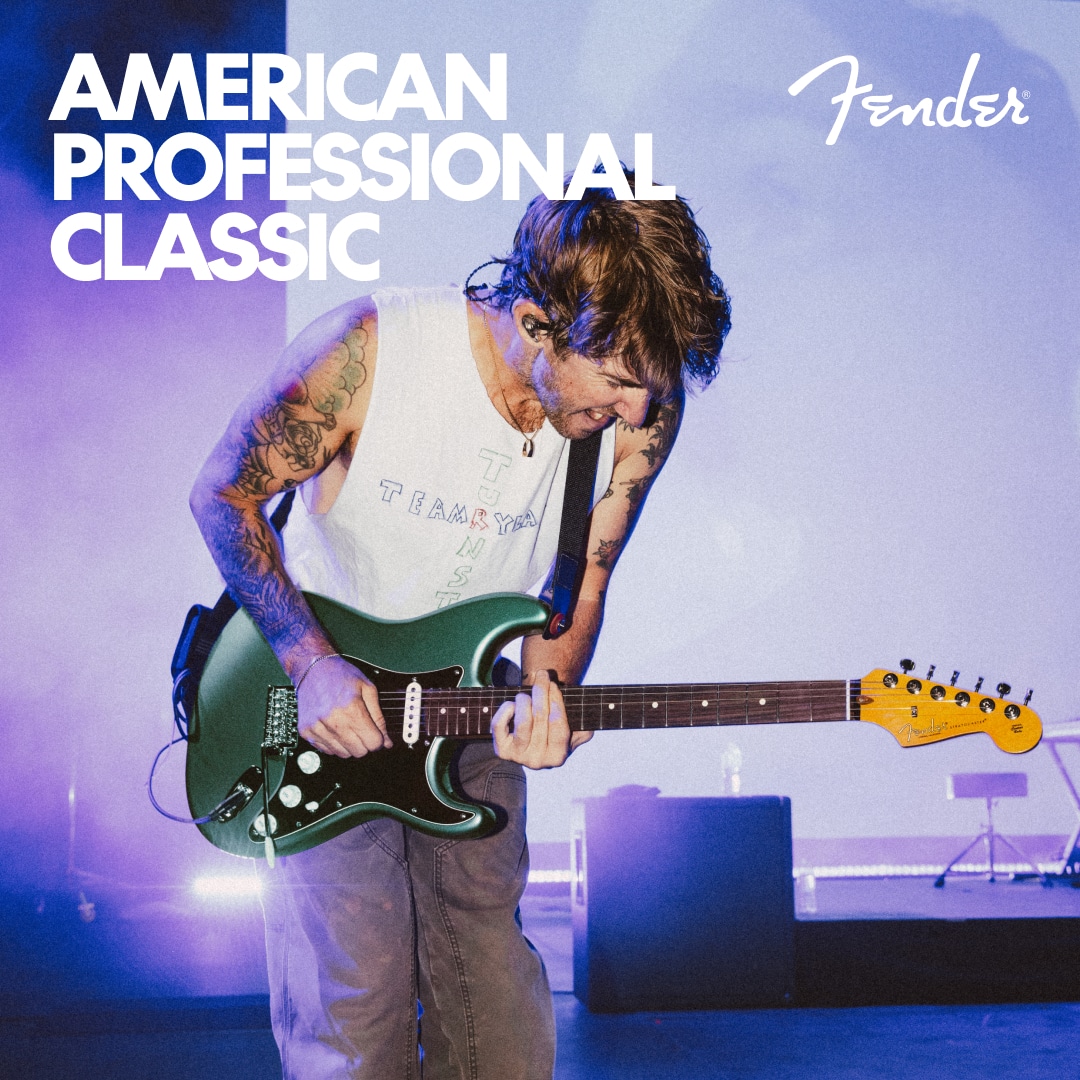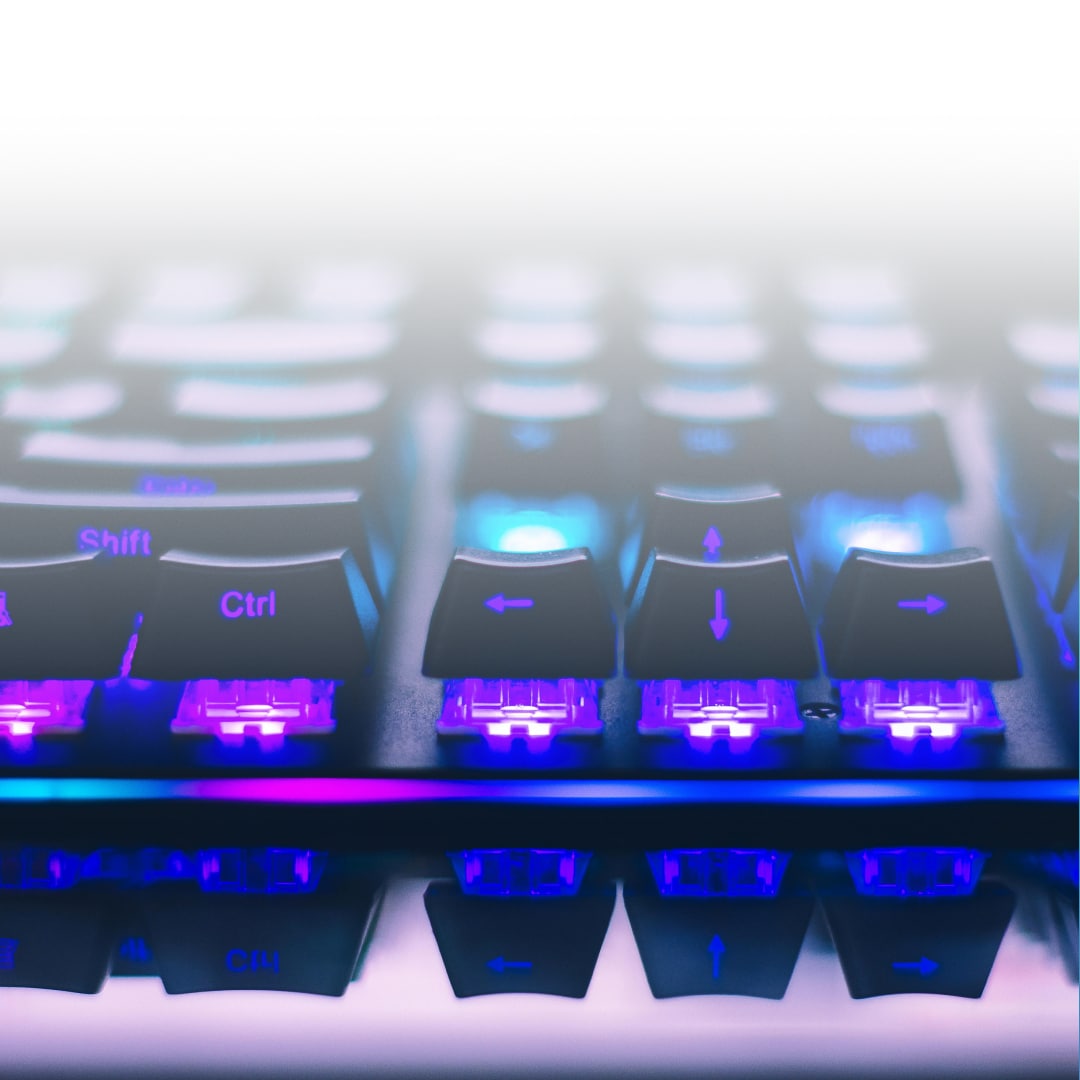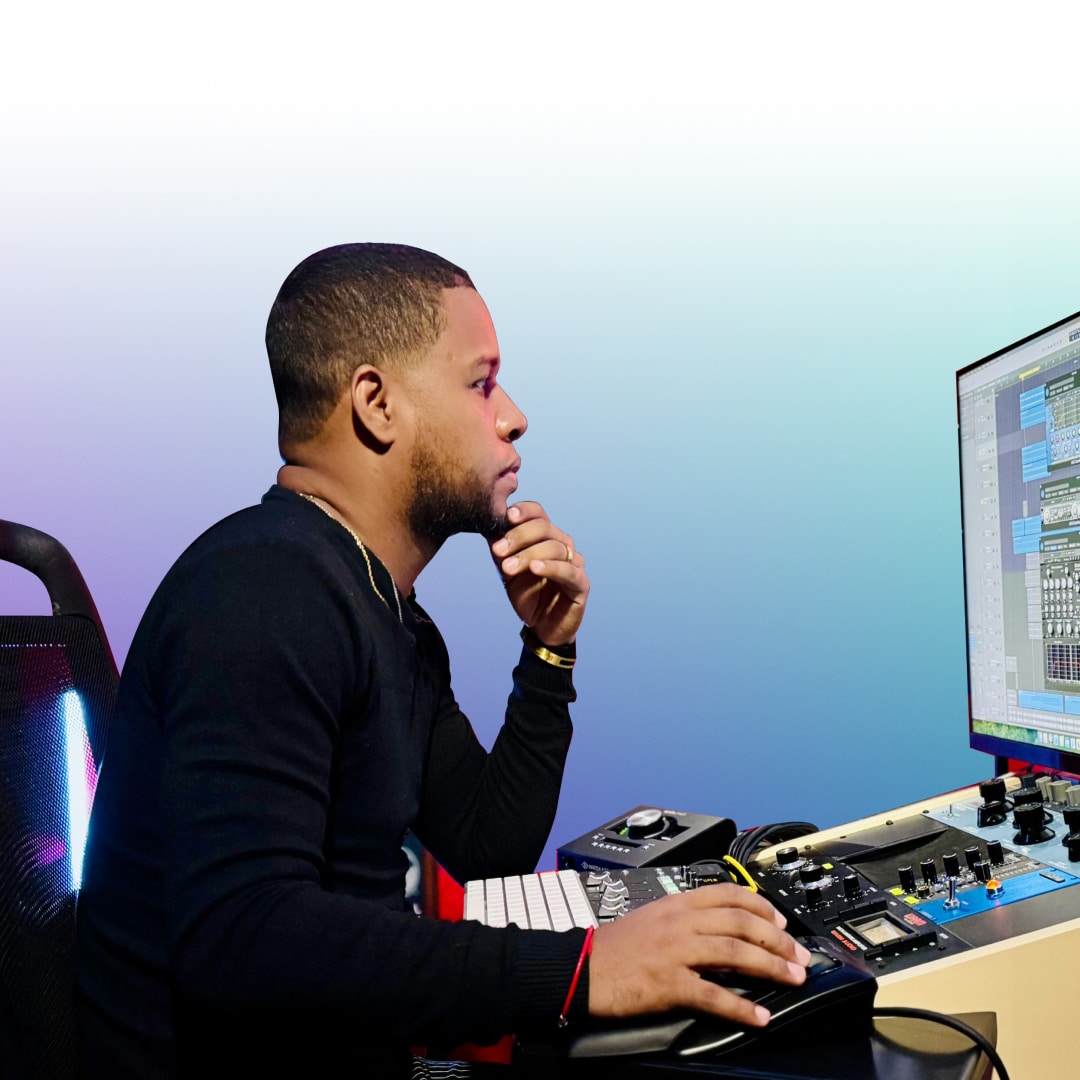Collaborative music-making is a dynamic and enriching process that harnesses the collective creativity of multiple individuals. When musicians come together, whether they are songwriters, instrumentalists, or producers, they blend their unique skills, experiences, and perspectives to create something that often transcends their capabilities. This teamwork in music can lead to the birth of new genres, innovative sounds, and compositions that resonate deeply with diverse audiences. The synergy of collaborating musicians not only amplifies the creative process but also fosters a learning environment where each member can grow and explore new musical territories.
How Arts-Based Learning Fosters Creativity and Teamwork
Incorporating arts such as music, improv, and storytelling into organizational settings unlocks new pathways for creativity and collaboration. These artistic practices encourage team members to experiment, listen deeply, and respond thoughtfully, breaking down communication barriers and fostering trust. Music cultivates harmony and synchronicity, improv builds adaptability and quick thinking, while storytelling connects diverse perspectives and inspires shared vision. By engaging in these arts-based activities, organizations can nurture a culture of openness, spark innovative problem-solving, and strengthen interpersonal relationships. A holistic approach not only enhances creative output but also unites teams around common goals and values, driving overall organizational success.
Finding Musicians for Collaboration
Strategies to Connect with Musicians In-Person
It often starts with networking in local music scenes, gigs, open mic nights, and music festivals. Joining music workshops, clubs, or classes can also offer opportunities to meet like-minded artists. For musicians, it’s crucial to be proactive in these environments, sharing their music interests and project ideas. Building a strong local network not only helps in finding potential collaborators but also in understanding the diverse talents within the community. Personal connections made through these face-to-face interactions can lead to more meaningful and productive collaborations.
Leveraging Online Platforms for Finding Collaborators
In the digital age, online platforms have become essential for musicians looking to collaborate with other musicians online. Websites dedicated to music collaboration provide a global pool of talent, ranging from amateur enthusiasts to professional artists. These platforms often feature profiles showcasing artists’ skills, genres, and previous works, making it easier to find a collaborator who aligns with one’s musical vision. Social media channels, online music forums, and virtual meetups also serve as valuable resources for connecting with other musicians.
Benefits of Diverse Artistic Collaborations
Diverse artistic collaborations bring together musicians with different backgrounds, styles, and experiences, leading to innovative and rich musical creations. Such diversity can challenge musicians to step out of their comfort zones, experiment with new sounds, and explore uncharted musical territories. Collaborating with artists from different genres or cultures can also provide fresh perspectives and inspire new approaches to songwriting and composition.
Overcoming Challenges in Musician Search
Finding the right collaborator is not without its challenges. Differences in creative vision, working styles, and expectations can pose obstacles. Overcoming these challenges involves clear communication, setting mutual goals, and establishing a level of understanding and respect for each other’s artistic processes. Musicians need to be open-minded and flexible while remaining true to their artistic identity.
Utilizing Online Platforms for Music Collaboration
Navigating Online Music Collaboration Spaces
Musicians must first identify platforms that best suit their needs. This involves considering factors like genre specialization, user base, and the tools available for collaboration. Once a suitable platform is chosen, creating a compelling profile that showcases one’s musical skills, influences, and past work is crucial. Engaging actively within these communities, such as participating in discussions and sharing personal projects, can increase visibility and the likelihood of finding compatible collaborators.
Key Features of Online Collaboration Platforms
The best music collaboration software and platforms are equipped with key features that facilitate seamless collaboration. These include file-sharing capabilities, real-time communication tools, version control systems, and integration with digital audio workstations (DAWs). Some platforms may also offer unique features like virtual jam sessions or AI-based music composition tools.
Evaluation and Feedback in Creative Collaboration
There are approaches for reviewing, assessing, and gathering feedback on collaborative creative processes. It requires consistent communication, respect for each collaborator’s creative input, and a willingness to compromise and adapt. Establishing clear project goals, timelines, and regular virtual meetings can help keep the collaboration focused and productive. Additionally, acknowledging each member’s contributions and providing constructive feedback can foster a positive and creative environment, essential for successful collaboration.
Workshop Design and Implementation
Designing workshops that leverage artistic methods requires a thoughtful approach to both structure and content to foster transformative learning experiences within groups. At the outset, it is essential to define clear learning objectives that align with participants’ needs and organizational goals. The workshop structure should blend interactive activities with opportunities for reflection and discussion. By introducing artistic modalities, facilitators can create an environment that encourages experimentation, risk-taking, and authentic self-expression. Each session might begin with an engaging icebreaker rooted in an art form, followed by progressively deeper group activities that challenge participants to co-create and problem-solve together. Integrating debrief sessions allows individuals to connect their artistic experiences to real-world applications, reinforcing key insights and promoting lasting change. Effective workshop design also considers practical elements, such as time allocation, required materials, and group size, to ensure smooth execution. Workshops structured around artistic methods empower participants to unlock new perspectives, enhance collaboration, and experience personal and collective growth.
Technology in Songwriting Collaboration Online
Tools and Apps for Songwriters
These digital solutions range from basic lyric-sharing apps to advanced platforms that allow for real-time music composition and editing. Songwriters can now collaborate on lyrics, melodies, and harmonies remotely, using tools that offer features like cloud-based storage, collaborative editing, and track versioning. The accessibility of these tools means that songwriters, regardless of their location, can work together seamlessly, enhancing creativity and productivity.
Bridging Geographical Barriers in Songwriting
Songwriters from around the world can come together to create music without meeting in person. This global connectivity not only broadens the creative pool but also introduces diverse cultural influences into the songwriting process. This cross-cultural exchange can lead to unique and innovative musical creations, enriching the global music scene.
Protecting Intellectual Property in Online Songwriting
Collaborators need to have clear agreements regarding song ownership, credits, and future royalties. Utilizing platforms that offer secure file sharing and having legally binding contracts can safeguard songwriters’ rights. Additionally, being aware of and respecting copyright laws is essential to ensure that the creative output of the collaboration is legally protected.
Exploring Music Collaboration Tools
Analyzing Features for Creative Exchanges
When exploring music collaboration tools, it’s essential to analyze the features they offer for creative exchanges. Some platforms may also offer unique features like AI-based composition assistance or virtual spaces for live jam sessions. Selecting the right tool depends on the project’s specific needs and the collaborators’ preferences. Also, look for strategies and activities that facilitators can use to stimulate creative collaboration among team members.
User Experience and Compatibility Considerations
When selecting music collaboration tools, user experience and compatibility are key factors. The ideal tool should have an intuitive interface that all collaborators can easily navigate, regardless of their technical expertise. Compatibility with various operating systems and music software is also essential to ensure smooth integration into existing workflows. Musicians should consider trial versions of these tools to assess their usability and compatibility before fully integrating them into their creative processes.
Reviewing Music Collaboration Sites
Assessing User Communities on Collaboration Sites
The user community is a vital aspect of music collaboration sites. A diverse and active community can provide a wealth of opportunities for collaboration, learning, and networking. Assessing the community involves looking at the number of active users, the variety of skill levels and genres represented, and the overall engagement in community forums and collaborative projects. A supportive and active community can greatly enhance the collaborative experience, offering different perspectives and potentially leading to more innovative musical creations.
Choosing the Right Platform for Your Needs
This choice should be based on the specific requirements of your project, your personal workflow preferences, and the type of collaborators you are seeking. Consider factors like the genre of music you are working on, the level of collaboration required, and your technical requirements. A platform that aligns well with these factors can significantly streamline your collaborative process and lead to a more fruitful creative experience.
Security and Privacy on Music Collaboration Sites
It’s important to choose platforms that have robust security measures in place to protect your music and personal information. This includes secure file transmission, data encryption, and clear privacy policies. Additionally, understanding how the site will use your music and data, and who will have access to it, is essential to ensure your intellectual property and personal information are protected.
Evaluating the Best Music Collaboration Software
Usability and User Interface Analysis
The software should offer an intuitive design that makes navigation and operation straightforward, even for those who are not technologically savvy. A good user interface can significantly reduce the learning curve and allow musicians to focus more on the creative aspects of collaboration. The goal is to find software that feels like an extension of the musician’s creative process rather than a hindrance.
Cost-Benefit Analysis of Collaboration Software
In today’s interconnected work environment, collaboration software plays a pivotal role in enhancing productivity and communication. However, choosing the right software requires a thorough cost-benefit analysis to ensure it meets organizational needs without unnecessary expenditure. Here are three key considerations:
- Ease of Use: The user-friendliness and intuitiveness of the software are vital for ensuring quick adoption and minimal training time. Software that is easy to navigate and understand can greatly enhance productivity. If the software is too complex or unintuitive, it may lead to frustration among team members and reduce overall efficiency.
- Support and Updates: The level of customer support and the frequency of updates are indicative of the software’s reliability and longevity. Good customer support can resolve issues quickly, minimizing downtime. Regular updates, on the other hand, ensure that the software stays current with the latest technological advancements and security features.
- Price: The price of the software must be weighed against the value of the features and benefits it provides. It’s important to consider not just the upfront cost but also any long-term expenses, such as subscription fees or costs for additional features or users. The goal is to find software that offers the best value for your investment.
Performing a cost-benefit analysis of collaboration software is a multi-faceted process that requires careful consideration of various factors. This careful selection process ensures that the chosen software enhances productivity and teamwork, ultimately contributing to the organization’s success.
Community Feedback and Software Ratings
They provide insights into user experiences, highlighting strengths and potential issues with the software. Reading reviews and feedback from other musicians can help you understand the practical application of the software in real-world scenarios. This information can be crucial in making an informed decision, especially when choosing between software with similar features and pricing.
Websites for Musicians to Collaborate
Networking Features of Collaboration Websites
These features can range from profile creation and music portfolio showcases to forums where musicians can discuss projects and share ideas. Effective networking tools on these websites help artists find musicians to collaborate with, connect with industry professionals, and build a community that supports their musical journey. These platforms often facilitate not just the discovery of potential collaborators but also the nurturing of long-term professional relationships within the music industry.
Project Management Tools for Musicians
Project management tools for musicians are essential for organizing and streamlining collaborative projects. These tools can significantly enhance productivity and ensure that all collaborators are on the same page. Essential features to look for include:
- Task Assignments and Deadlines: Tools that allow collaborators to assign tasks and set deadlines keep the project on track.
- Communication Channels: Integrated communication tools (like chat and video call features) facilitate clear and consistent dialogue.
- Progress Tracking: Features that enable tracking the progress of various project components help in maintaining momentum.
- Version Control: This ensures that everyone is working on the latest version of a project, reducing confusion and overlap in work.
These project management tools, when utilized effectively, can transform the collaborative music-making process, making it more streamlined, productive, and enjoyable for all involved.
Apps for On-the-Go Music Collaboration
Mobile Solutions for Collaborative Music-Making
Musicians are turning to apps for musicians to collaborate that allow them to work on projects from anywhere, at any time. These mobile apps offer a range of functionalities, from basic voice recording to sophisticated multi-track editing and mixing. They are designed to cater to the needs of musicians who require flexibility and mobility in their collaborative endeavors. This shift towards mobile apps is a response to the growing demand for tools that support the dynamic lifestyles of modern artists.
The best app for music collaboration should have an intuitive design that is easy to navigate for musicians of all skill levels. The app should simplify the collaborative process, not complicate it. Features like drag-and-drop interfaces, straightforward file management, and clear communication channels can make a significant difference.
As we look to the future, it’s clear that the possibilities for musical collaboration are endless. Physical studios or local connections no longer bind musicians. They can connect with fellow artists from around the globe, explore diverse musical influences, and produce music that resonates with audiences worldwide. To maximize the benefits of musical teamwork, musicians should embrace digital tools, stay informed about the latest trends, and continuously seek opportunities for collaboration. The journey of music creation is a collaborative one, and the digital age has made it more accessible and exciting than ever before. Join Vampr today to connect with musicians and industry professionals ready to make music with you. By harnessing the power of collaboration, musicians can amplify their creativity and create music that inspires and captivates the world.










